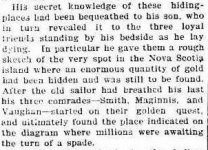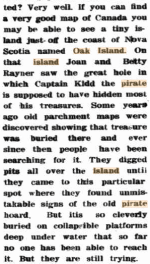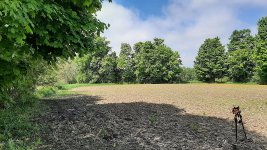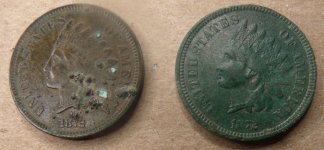Singlestack Wonder
Bronze Member
- Mar 28, 2014
- 1,711
- 2,627
- Detector(s) used
- Garrett AT Pro
- Primary Interest:
- All Treasure Hunting
Yet again someone else purveying fiction in hopes of getting a book deal or cable tv show showcasing fictional content.
Amazon Forum Fav 👍
Last edited:








